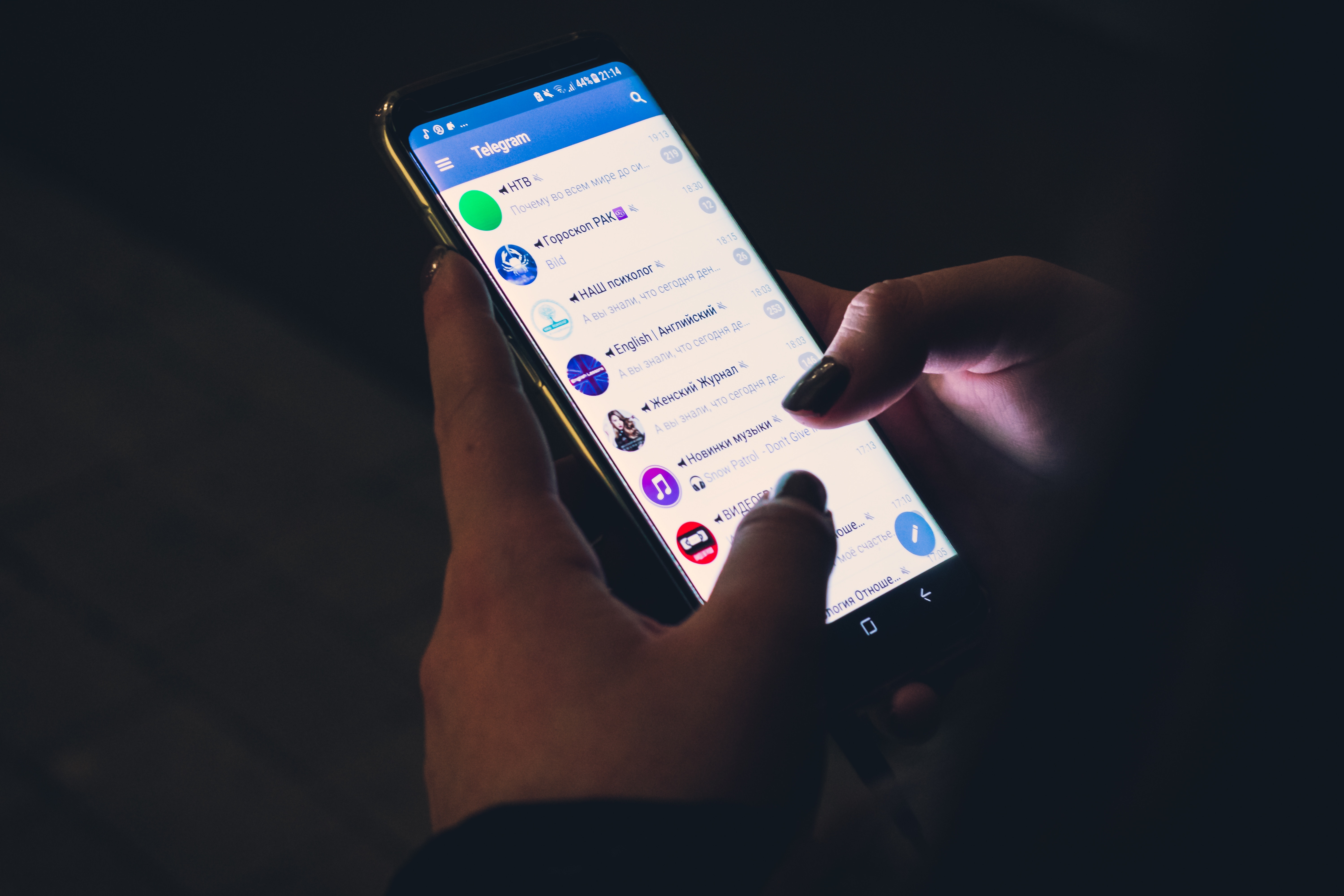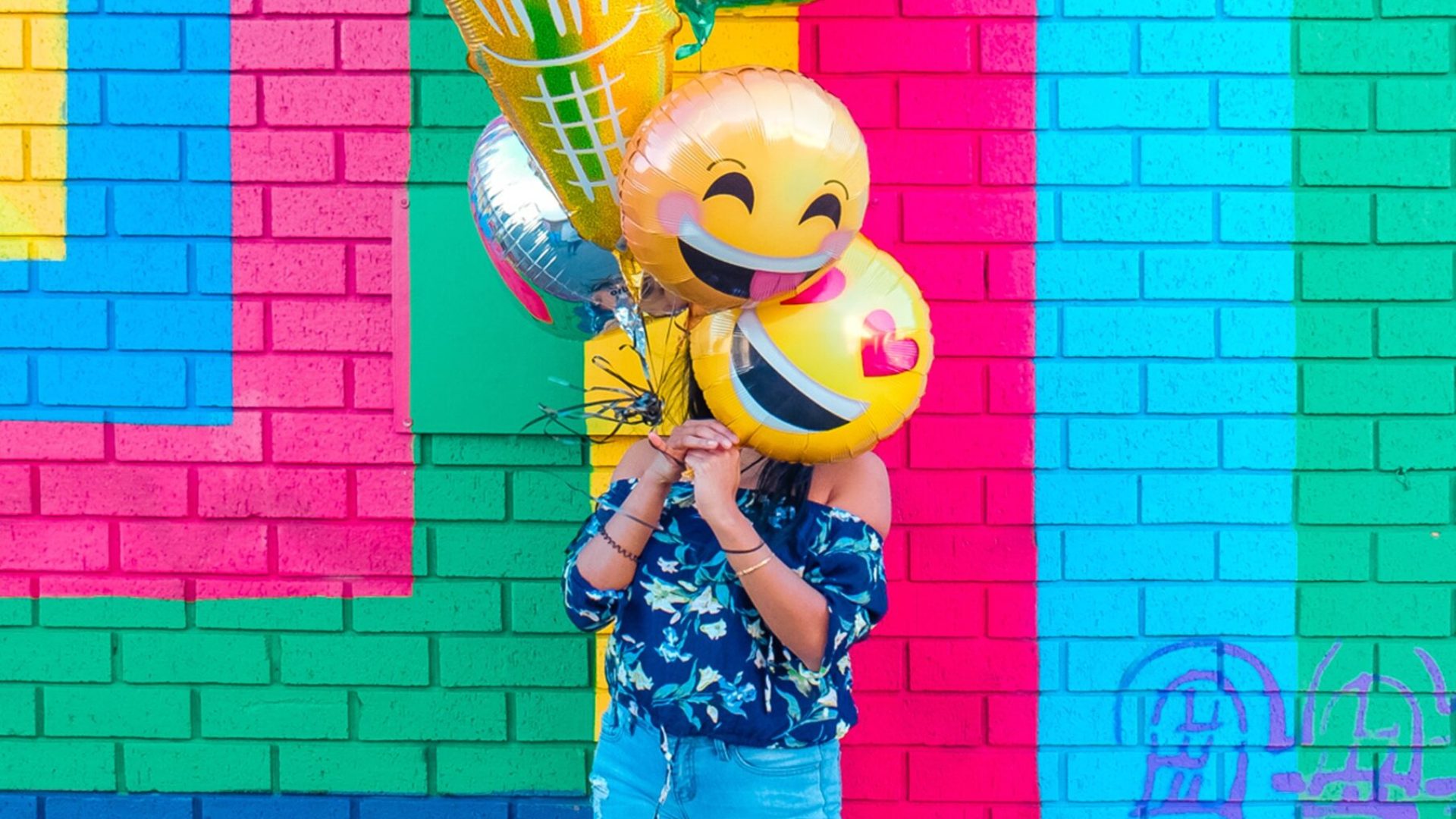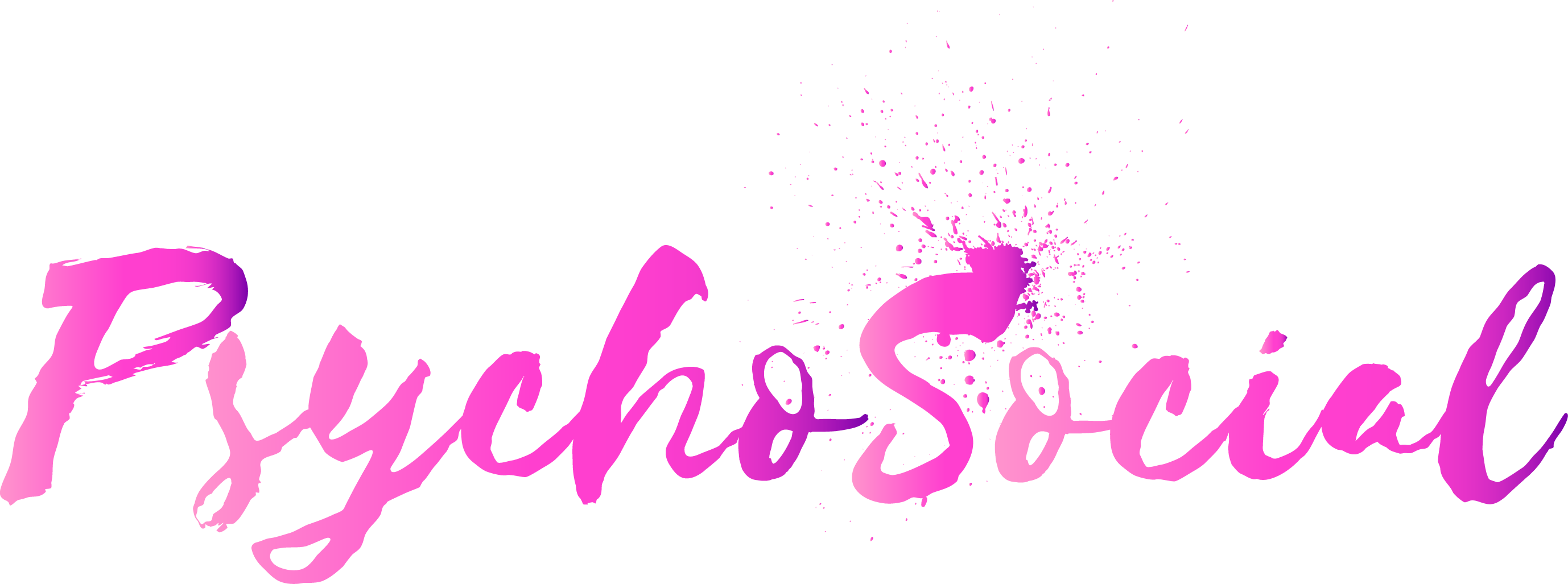Communication is comprised of much more than words…
When speaking to someone in-person, we decipher nuanced meaning from other important factors such as tone, facial expressions, and body language. Some experts[i] claim that these combined factors may actually cover a larger fraction of communication than of our words, message. Considering this, communicating through technology a majority of our message could become lost in translation.
Emotions are informative clues in understanding ourselves and others[ii]. Even when it seems communication is clear in-person, one may still mask their internal experience. For example, you may stifle a giggle to assure your friend doesn’t feel ridiculed or withhold an eye roll to avoid to keep the peace with your irritating coworker. When video chatting, you might be able to get the gist of someone’s emotional state, however, tone and body language may be skewed. When it comes to written communication, such as e-mails and text, emotions may get lost in the mix even more.

Take for example the simple text: “Call me when you have a moment.” How would you interpret this message? One person may interpret this succinct message as light-hearted and practical. You might then think, I need to check-in when it’s convenient, maybe I’ll give him a call on my lunch break. Someone else may interpret this message as a cold sign of a dreadful call ahead. Say for example this message is coming from a boss after you recently submitted your big proposal, or a partner whom you argued with yesterday and haven’t spoken since, or a family member who has been facing a string of medical issues.
The failure to clearly convey emotions and the inability to accurately decipher underlying emotions could both prompt intrapersonal and interpersonal conflict. Even in the first scenario in which you may assume it’s not-concerning, what if the following examples were the reality? Then, by missing the emotional context, you may be ill-prepared for what was to come in the phone call. Further, it’s possible the person could be frustrated or disappointed you didn’t use your next immediate moment and nonchalantly waited for your lunch break. To avoid perpetuating these problems, we must try to better understand the emotions in the text [iii]. We can try to fill this gap by utilizing communication strategies to make messaging as effective as face-to-face communication[iv].
Emoji (yes, that’s the plural form) may be a way to bridge messages from sender to recipient and could help enhance effective communication[v]. You may doubt the utility of emoji in fostering emotional intelligence and effective communication. After all, how could emoji be substitutes for the real deal? How would one be taken seriously? Glikson and colleagues [vi] found that while in-person smiles increase warmth and both competence and warmth, smileys in emails had a negative effect on competence and no effect on warmth. However, the condition presented to the 569 participants from 29 countries were smiles from an unknown sender. It is possible that an exploration of a smiling emoji sent from a familiar person may have different results.

Maybe you’re thinking emoji are for kids, but emotions are commonly used by individuals older than 30v. Park and Sundar[vii]assert that while emoji may seem silly, they can be practical in conveying empathy within business scenarios, specifically within customer relations. Further, this finding contradicts Gilkson and colleagues’ findings that emoji may not affect warmth in a professional setting. From these findings, we may interpret that the context of the scenario may be essential to consider when attempting to bridge the communication gap with emoticons.
Whether you find them adorable or irritating, emoji have the potential to fill gaps text communication. Hence, ignoring someone’s emoticon use could be similar to listening to only parts of what they are sharing with you. Emoji may be a crucial part of the message you are reading, not just a whimsical afterthought. Regardless of whether or not you decide to use them, others certainly are; in order to fully grasp their message, you may need to consider that they are more than innocuous icons.
When talking in-person you may not recognize how much your message is being understood by much more than your mere more words. Your facial expressions, tone, gestures, body language, pace, volume, and eye contact all contribute to conveying clear communication. In typed communication, these missing pieces could cause a rather confusing exchange. Without these key components, it’s likely that individuals may miss sarcasm or misconstrue the intensity of the message. On top of this, your present emotions tend to influence how you interpret messages[viii]and hence they may skew your view. Emoji can help to convey the essence of the message.
For example, if a friend messages you: “Could you help me with this project?”
Your message of: “Maybe, what do you need?” Your friend may interpret your reaction as irritated, careless, or apathetic. A simple smiling face at the end of this text could help to clarify your intended tone.
The emotional message can be confused prior to even pressing send. If you are not connected to the emotions you experience, it is possible that your emotional state can affect your message without you realizing. For example, being irritated may cause your responses to be shorter and more direct than you may realize. On the other hand, your emotions can cause you to interpret a message based on your current state, rather than the context in which the sender intended. For example, if you are in a positive mood when asking a friend where to meet for lunch you may not interpret the “I don’t care”as concerning. However, it’s possible that this message could have been sent with a less light-hearted tone that you may miss altogether based on your own emotions.

When considering the meaning behind the emoji in a message, be mindful that different settings have a mixed reception. For example, your decision to illuminate your message with a series of emoji may vary depending on whether you’re talking to your partner or your boss. Nevertheless, in some professional settings emoji are received as friendly, so be sure to reflect on your personalized context. Beyond setting, there may be different interpretations across cultures. Whereas emoji may help to bridge a language barrier with visuals, they may also vary in reception depending on the person’s background.
You may or may not wish to use emoji, but the reality is that they are here to stay. Aside from your personal choice, many are using emoji to illustrate their messages and in order to effectively communicate, we may benefit from considering their value in language. Nevertheless, this isn’t a promotional message. Emoji can be a practical way to avoid the miscommunications that ensue from text communication, but they are not the only way. Textisms (e.g., capitalization, punctuation) and video messaging can help to fill this void as well (Houghton, Upadhyay, & Klin, 2018).
References
[i]Mehrabian, (1980). “Darker emoji skin tones promote diversity, Twitter study shows.” ScienceDaily. ScienceDaily, 11 April 2018. <www.sciencedaily.com/releases/2018/04/180411111042.htm> [ii]Mayer, J. D., & Salovey, P. (1997). What is emotional intelligence? In P. Salovey & D. Sluyter (Eds.), Emotional development and emotional intelligence: Educational implications (pp. 3–31). New York: Basic Books. [iii]Mayer, J. D., Roberts, R. D., & Barsade, S. G. (2008). Human abilities: emotional intelligence. Annual Review of Psychology, 507. [iv]University of Chicago Press Journals. “Expressing Emotions In E-mail So As Not To Be Misinterpreted.” ScienceDaily. ScienceDaily, 28 November 2008. <www.sciencedaily.com/releases/2008/11/081125161537.htm>. [v]Kaye, L.K., Malone, S.A., & Wall. H.J. (2017). Emojis: Insights, Affordances, and Possibilities for Psychological Science. Trends in Cognitive Sciences, 21 (2): 66 DOI: 10.1016/j.tics.2016.10.0071. [vi]Glikson, E., Cheshin, A., & van Kleef, G. A. (2017).The Dark Side of a Smiley. Social Psychological and Personality Science, 194855061772026 DOI: 10.1177/1948550617720269
1. [vii]Park, E.K. & Sundar, S. S. (2015). Can synchronicity and visual modality enhance social presence in mobile messaging? Computers in Human Behavior, 45 (121). DOI: 10.1016/j.chb.2014.12.001
1. [viii]Siegel, E.H., Wormwood, J.B., Quigley, K.S., & Barrett. L.F. (2018). Seeing What You Feel: Affect Drives Visual Perception of Structurally Neutral Faces. Psychological Science095679761774171 DOI: 10.1177/0956797617741718
Cover Photo by Lidya Nada on Unsplash
Photo by Josh Felise on Unsplash
Photo by Dollar Gill on Unsplash
Dr. Shainna Ali is a mental health clinician, educator, and advocate who is dedicated to highlighting the important role of mental health in fostering happiness, fulfillment, and overall wellness. She is the owner of Integrated Counseling Solutions, a counseling and consulting practice in Central Florida. In her practice, she uses a strengths-based, creative approach that empowers clients on their journey. Her areas of interest include exploring identity and culture, emotional intelligence, & creativity methods in counseling. Dr. Ali teaches counseling courses to students at the University of Central Florida and the Chicago School of Professional Psychology.
Beyond instructing, Dr. Ali promotes mental health awareness in her blog, Modern Mentality, and also in her regular contributions to the National Alliance on Mental Illness and the American Counseling Association. She is a firm believer in the importance of self-care, and in her free time, she enjoys spending time with her family and friends, playing with her German Shepherd, practicing yoga, exercising, learning new lessons, and traveling the globe.
-
Dr. Shainna Alihttps://psychosocial.media/author/sali/
-
Dr. Shainna Alihttps://psychosocial.media/author/sali/November 21, 2018
-
Dr. Shainna Alihttps://psychosocial.media/author/sali/December 31, 2018





















